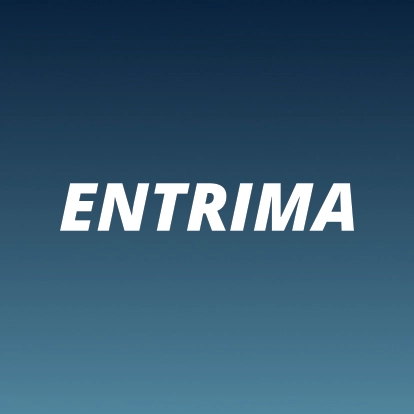Commodity trading can be considered a business function. As with any business, it has to be checked and verified by control functions and it has to be given assistance by support functions. In order to manage the business, trading operations require systems. A trading and risk management system, or TRM software, concerns a package which supports the trading environment with the management of both physical and financial flows; hence, it holds up the management of the portfolio and related risks.
TRM solutions comprise of a set of analytical and trading tools along with physical and financial management systems that allow enterprises to quantify and understand risk exposure and gain new levels of transparency. The software offers tools to capture deals in order to manage the transaction flow. This includes transactions which are concluded either bilaterally or on a trading venue. The tool can include functionalities to confirm deals and to settle agreements. Typically, it supports invoicing, as well as many other related processes. The system helps organisations to monitor positions, to track the value of the positions, to control risk and to get insight in obligations with respect to initial and variation margin. Traditionally, the focus for trade and risk management systems has been market risk control. Later, the trend has become focusing on the transaction flow and regulatory reporting of data. This has become more important, particularly in order to manage operational and compliancy risk. Next, credit risk has become more important. This explains why tools to manage these forms of risk are usually also incorporated in the software.
The newest generation of commodity or energy trade and risk management systems (CTRM or ETRM systems) can help trading entities to manage the entire commodity lifecycle from production or sourcing supply to marketing and sales.
Robust commodity or energy trading and risk management solutions interact with financial and logistical data from a variety of external sources, typically on a real-time basis. These solutions apply a comprehensive set of analytical, simulation and optimisation tools to ensure optimal trading scenarios, accurate position keeping, asset valuation and logistical plans for decision making across many commodities. However, the greatest value of a trade and risk management system might be the ability to provide an enterprise with an overall integrated portfolio management solution. This would certainly be the case if it provides a complete holistic approach across strategic, operational, regulatory and financial functions. Lately, more enterprises attempt to deploy cross-functional risk solutions across the business lifecycle. Application of advanced TRM software will require those tools to be fully interactive. This interactivity is not only with an enterprise’s financial and physical management functions, but also externally, with live market data and news.
